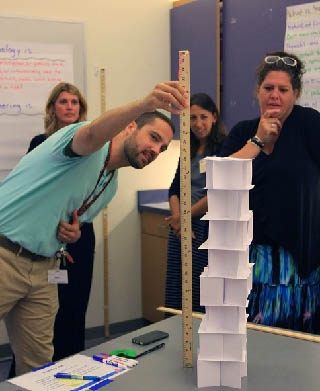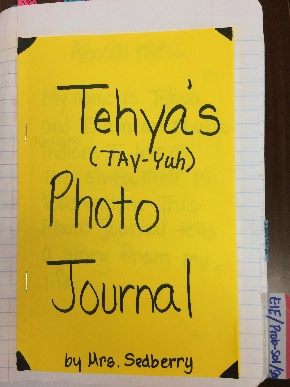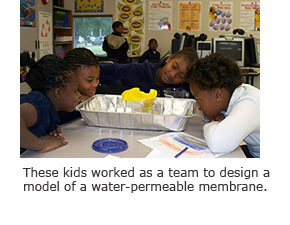| Extend math learning with a line plot for “Designing Bridges” data. |
Cynthia Berger
Recent Posts
Professional Development | Tuesday, March 22
Math Makes Sense When You Engineer
EiE Teaching Tips | Thursday, March 17
Photo Journals Connect English Language Arts and Engineering
Every Thursday on the EiE Blog, we share classroom-tested teaching tips or answer your questions.
| Boost literacy skills with this photo journaling activity. |
Today's Engineering is Elementary teaching tip comes from Michelle Sedberry, a K-12 science specialist and EiE professional development provider from Lubbock, Texas. Lubbock has a high proportion of English Language Learners (ELL); Michelle developed this fun photo journaling activity with their needs in mind. It helps to connect English Language Arts and engineering.
Engineering Habits of Mind | Assessment | Tuesday, March 15
How Do You Measure Engineering Learning?
The new Next Generation Science Standards (NGSS) are bringing engineering into elementary classrooms. They're opening the door to new ways of learning, but these standards also pose a challenge when it comes to assessments. Engineering is a team effort, but most assessments are designed to be taken by individual students.
When kids work in a group, what can you say about each individual student with respect to level of engagement? Performance? Learning progress? EiE is developing new assessments that address these questions as a component of E4, an NSF-funded study that compares the effectiveness of two elementary engineering curricula.
Engineering Habits of Mind | Tuesday, March 8
Collaborating is an Engineering Habit of Mind
EiE Resources for Teachers | Thursday, February 25
See How EiE Aligns to NGSS with EQuiP Rubrics
Every Thursday on the EiE Blog, we bring you helpful teaching tips and new resources for your engineering classroom.
Recently on the blog, we shared how EiE evaluators mapped our 20 elementary engineering curriculum units to state science standards and the Next Generation Science Standards (NGSS). We’re not the only organization thinking about alignment to STEM standards. Achieve, a Washington, D.C.-based education non-profit that works with states to improve standards, has created its own “EQuiP" rubrics to measure how different curricula align to NGSS.
States that adopt NGSS will likely turn to tools such as the EQuiP rubrics as they make important decisions about STEM curriculum. With that in mind, our team has now assessed the EiE curriculum units using the EQuip rubrics. You can examine these rubrics on the “Connections to Standards” page of our website.













